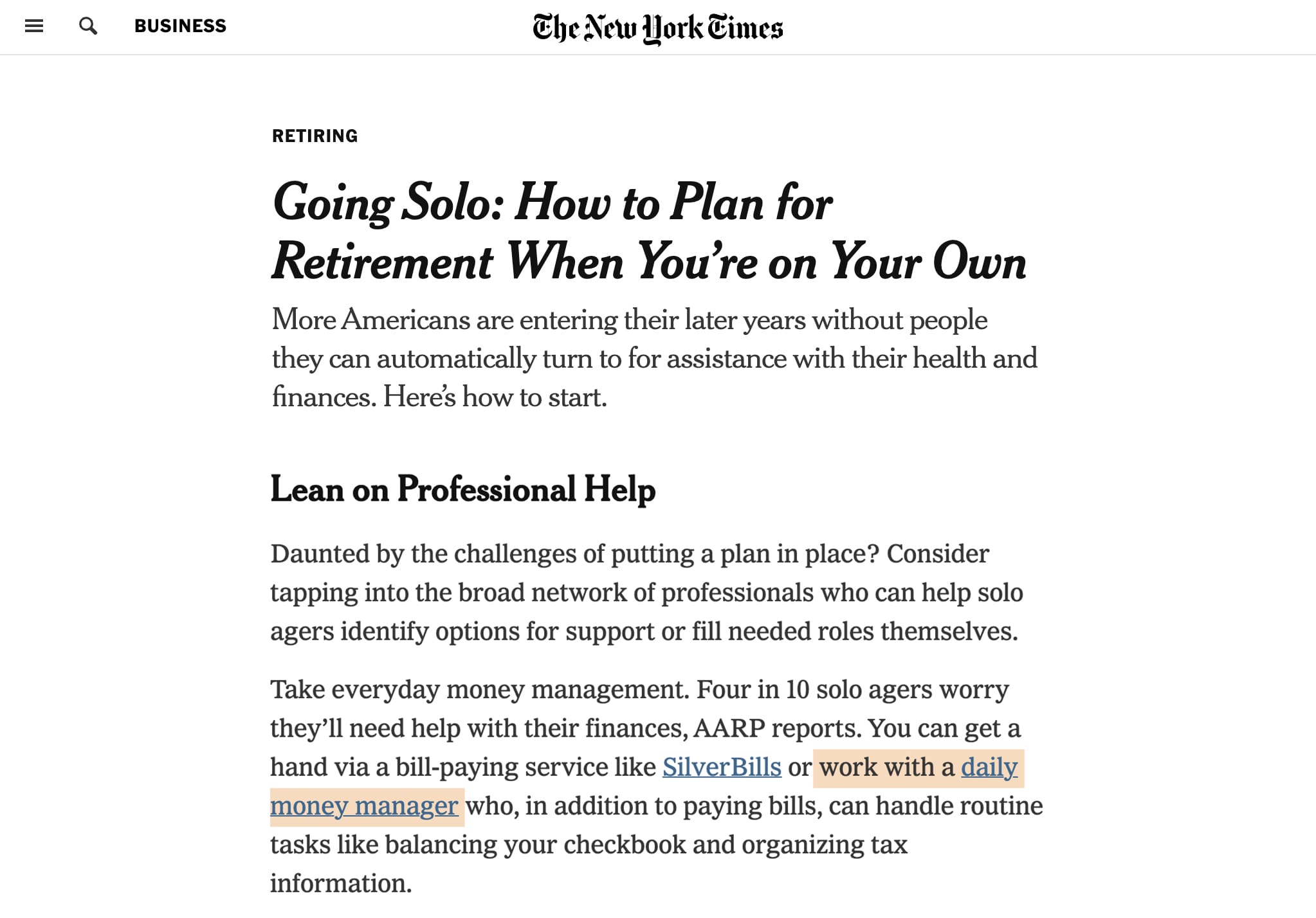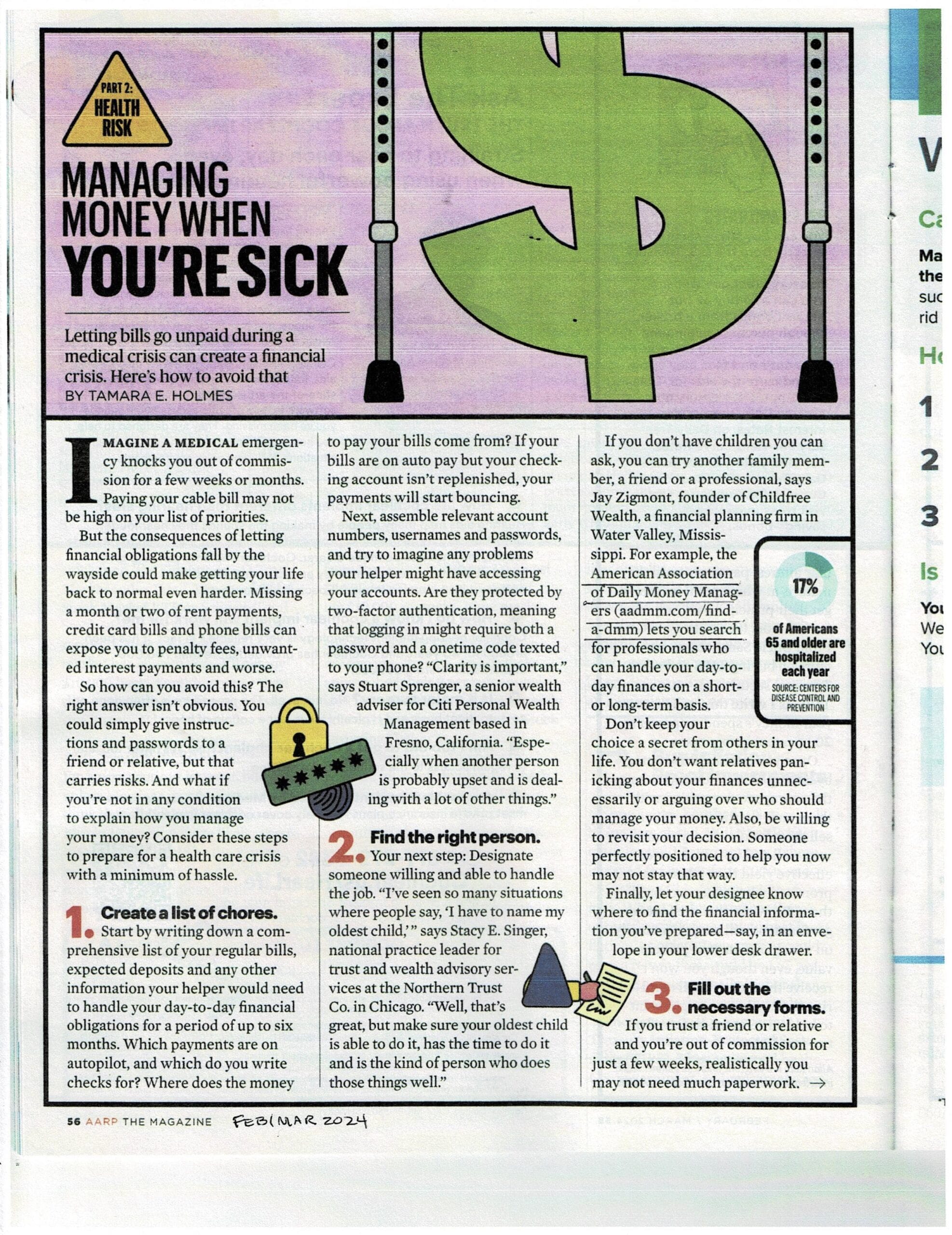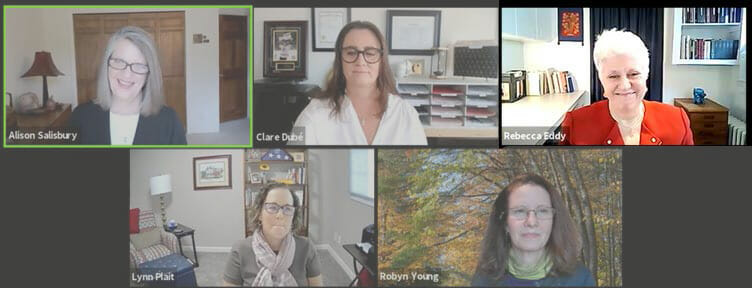As a small business owner, there are many jobs to get done and the responsibility of all of them flows right back to you. From marketing, managing, business development and actually doing the job, it can feel like there aren’t enough hours in the day. Here are some proven strategies to bring order to what can seem chaotic.
Phase one – Planning
Use blocks of time
In your standard workday, you can budget your time into focus chunks. These are blocks set aside to focus on one specific client or task. For instance, only work on Mr. Smith’s accounts on Mondays between 9am and noon. Ms. Jackson gets your attention on Tuesday mornings and so on. Create a set time to review your mail, email and voicemail daily. Anything urgent can be dealt with immediately, but if something non-urgent or routine comes in for Mr. Smith, set it aside in his folder until Monday. This way, you are able to focus on one client at a time and keep your billing clean and separated.
Another way to use blocks of time is to use tasks rather than clients. Maybe you process all your accounts payable on Wednesdays and Fridays. You take client meetings on Tuesdays and Thursdays. Business development has another block of time. Structure your week to include each regular task that needs to be completed. Once your weeks are planned, you can add things that need to be completed monthly, quarterly, or annually.
Like budgeting your money, budgeting your time can also be a great tool to keep yourself on track to meet your goals.
Once you have your big picture planned, it’s time to look at your days.
Structure your days
Create a list of what must get done. We all keep at least one of these. It might be in your head. Make sure it’s written down somewhere. I keep mine in an Excel spreadsheet that also tracks my time. A friend uses Post-it® notes for each item on her list. There are also apps to help with this. Seeing the list in real time accomplishes a couple of things. Most important, nothing will be forgotten and slip through the cracks. Secondly, with the list in one place, you can prioritize the tasks you will do today. Assess your list and determine which tasks are highest priority versus lower or lowest priority. There are several methods to choose from. I use the MoSCoW method, which assigns each task a category:
M – Must do
S – Should do
C – Could do
W – Won’t do
Eliminate the items in the W category first. Then structure your day to make sure the M list is completed. Then move on to your S list and so on.
My friend with the Post-it® notes arranges them in the order they’ll be completed and assigns a time to each, allowing for commuting and technology issues. On my excel sheet, I make the top priority items for the day in bold font. That way, they stand out from the others and draw my attention immediately. You can also use color coding to designate tasks or clients.
Phase two – Execution
The execution phase takes into consideration the psychology of productivity. We each have our own unique circadian rhythm. Your body’s clock is naturally set to have periods of time to be more alert and energetic. Determine whether you are more of a morning person or a night owl. Schedule your work day appropriately. For instance, if you’re a night owl, try to avoid tackling your Must-Do list first thing in the morning. Your productivity won’t be at its peak and you’ll probably spin your wheels more than if you get your easier tasks out of the way before noon and save your brainpower for the time when you’ll be most alert and able to focus.
Don’t forget breaks
It might sound counterproductive, but it is essential to take breaks during the work day. We all need a lunch break, but we also need smaller breaks sprinkled in throughout the day. Reward yourself for completing a task by changing your scenery. Get up and walk around. Look away from your screens and rest your eyes on something colorful or beautiful. This will replenish your energy so you can move to the next item.
Developing and implementing structure takes an investment of brain power on the front end. Once in place, though, one level of decision fatigue is eliminated. The questions of what am I going to do today and what will I tackle first are answered.
Jacqueline Weiss has been an accounting professional for over 25 years and a Certified DMM through AADMM since 2018. She is a senior manager in LBMC’s Family Office practice, which offers a team of DMM professionals. She is also an AADMM Board member.





















